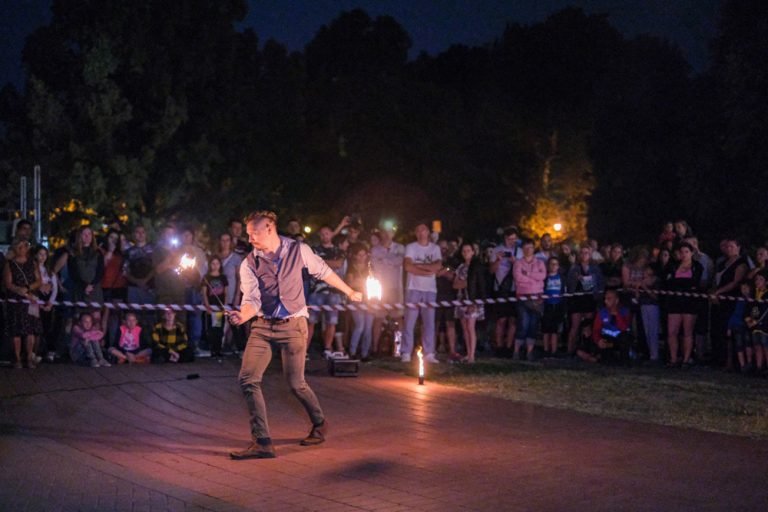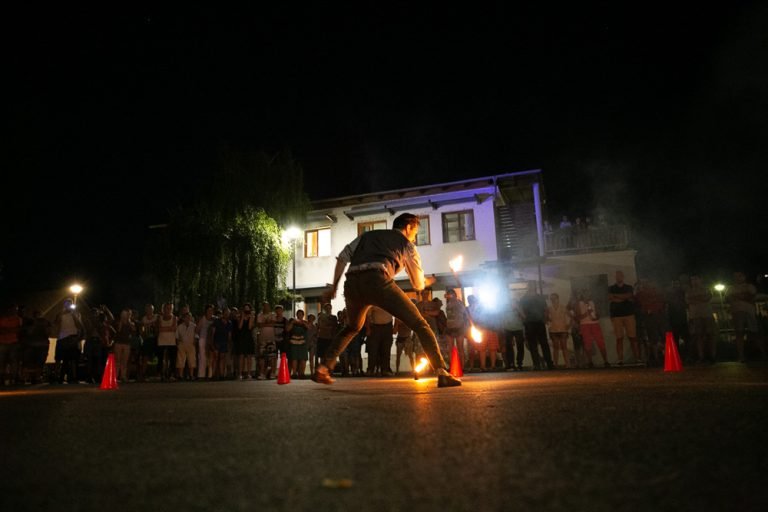Mastering the Art of Fire Breathing: Safety Tips
Fire breathing is an awe-inspiring performance art that captivates audiences worldwide. Whether you’re a professional fire performer or an event planner considering hiring one, understanding essential fire breathing safety techniques is crucial. Without proper precautions, this thrilling act can quickly become hazardous. In this guide, we’ll explore vital safety tips to ensure a spectacular yet safe fire breathing performance.
Understanding the Risks of Fire Breathing
Fire breathing involves expelling fuel from the mouth and igniting it to create a massive flame. This process carries multiple risks, including:
- Burns: Accidental ignition can cause severe facial, throat, or body burns.
- Toxic Inhalation: The fuels used can release harmful fumes that damage the lungs.
- Fire Hazards: Uncontrolled flames can ignite nearby objects or clothing.
Understanding these risks is the first step to mastering safe performance techniques.
Choosing the Right Fuel
The type of fuel you use significantly impacts performance safety. Experts recommend:
- Paraffin-based fuels (such as lamp oil) – These burn at lower temperatures and produce less toxic smoke.
- Avoid alcohol-based fuels – They burn hotter and increase the risk of flashback accidents.
“Using the wrong fuel is one of the most common mistakes beginners make. Always research and test your fuel type before performing.” – Professional Fire Performer, Alex G.
Essential Safety Equipment
Before attempting a fire breathing performance, ensure you have the following safety equipment:
- Fire-resistant clothing – Preferably made of untreated cotton or specially designed fire-resistant gear.
- A fire extinguisher – Always keep a CO2 extinguisher on hand in case of emergencies.
- A wet towel – Useful for extinguishing small flames quickly.
- An emergency first aid kit – For treating minor burns or inhalation issues.
Proper Fire Breathing Techniques
Posture and Body Position
Maintaining the correct posture reduces risks during performances:
- Stand with feet shoulder-width apart for stability.
- Aim the fuel spray away from your face and slightly upward.
- Ensure you are performing in an **open, well-ventilated area** without flammable objects nearby.
Controlled Fuel Expulsion
To achieve a controlled flame:
- Expel the fuel in a fine mist rather than a stream.
- Practice with water before using real fuel to master the expulsion motion.
- Never inhale after exhaling fuel, as it can cause aspiration or fuel ingestion.
The Role of a Safety Assistant
Having a trained safety assistant on-site is essential for reducing risks. Their responsibilities include:
- Monitoring flames and the surrounding environment.
- Holding a fire extinguisher and wet towels for immediate response.
- Providing first aid in case of injuries.
“A trained spotter can make the difference between a successful show and a dangerous accident.” – Fire Performance Instructor, Sarah M.
Fire Breathing in Public Events
For event organizers considering fire breathers, here are key safety measures to implement:
- Secure proper permits: Many locations require special fire performance permits.
- Ensure performer training: Hire experienced professionals with documented safety training.
- Maintain a safe perimeter: Keep at least 10 feet of clearance around the performance area.
Final Safety Checklist
Before any performance, review this safety checklist:
- Have a fire extinguisher and assistant on standby.
- Wear appropriate clothing.
- Inspect the performance area for flammable objects.
- Use tested fuel and apply controlled breathing techniques.
Conclusion
Fire breathing is a mesmerizing art form, but safety must always remain the top priority. Whether you’re a performer or an event organizer, understanding fire breathing safety techniques is essential to preventing accidents and ensuring a stunning show.
Interested in hiring a professional fire performer for your next event? Book a fire show with Hestia Fire Dance today and experience breathtaking performances with top-notch safety measures in place.
Key Takeaways
- Only use safe, approved fuel like paraffin-based oils.
- Always perform with a trained safety assistant present.
- Practice fuel expulsion techniques before attempting live fire.
- Wear proper fire-resistant clothing.
- Ensure all necessary safety equipment is on-site.
“`




